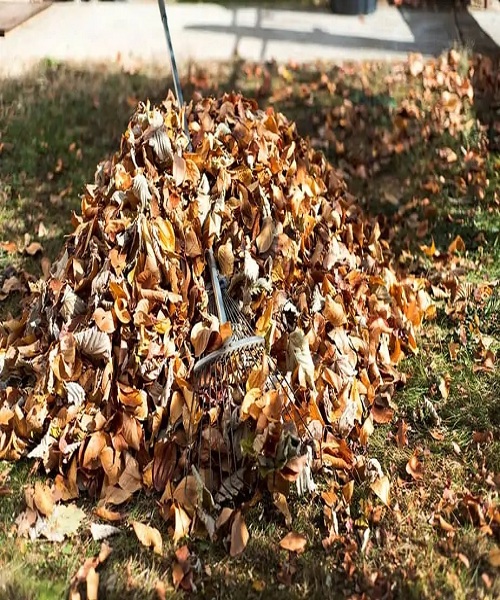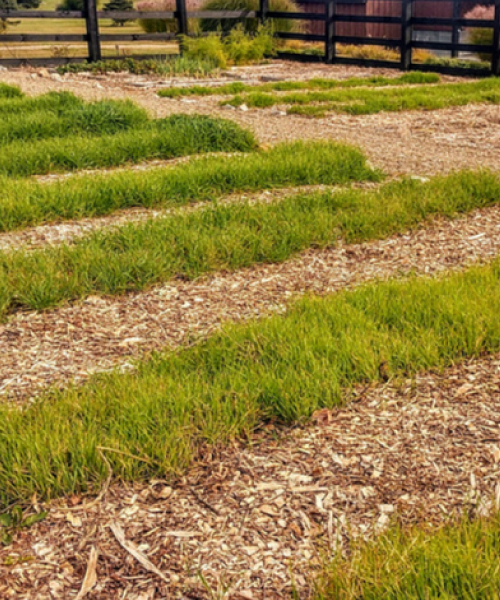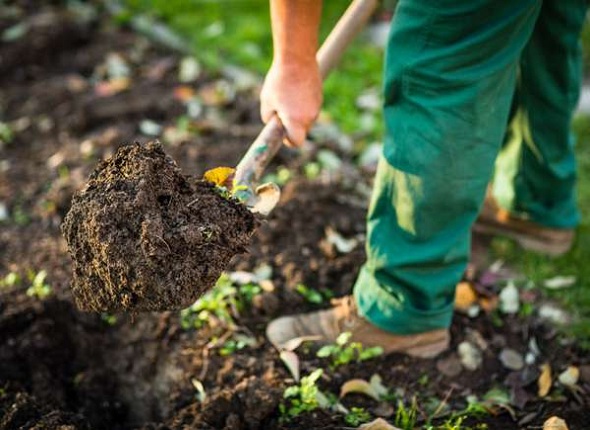Incorporating only commercial fertilizers into a garden may improve nutrient levels, but it will not improve the soil’s overall quality. On the contrary, it can have opposite effect. It may lead to soil with poor structure, which calls for even more fertilizer the next year to achieve the same outcomes.
Nonetheless, there are a few simple and inexpensive strategies to naturally energize your soil. Moreover, they also serve to keep it safe all winter long. In the process, you replenish your soil’s supply of essential nutrients and strengthen its foundation.
Here, we will go through not one, but three simple and inexpensive ways to revitalize your soil.
Adding Compost To Your Garden
Compost is ideal for creating fertile, long-lasting soil. Like a balanced diet benefits the human body, compost helps the soil thrive.
Introducing a wide variety of beneficial organisms, nutrients, and organic matter helps soil recover and thrives. And it’s all in a form that plants can quickly and easily use.
The soil’s ability to absorb and hold water for the plant’s roots is also enhanced by the addition of compost. The benefits of this for vegetable plants during the summer heat can be substantial.
How should you apply compost to your garden in the fall? It really depends on how much compost you have on hand.
Composting In The Garden
To improve the soil quality, incorporate compost into the top inch or two of soil in each planting bed. In order to get the best results from our fall cover crop, do this right before planting. It improves the cover crop’s germination and adds tremendous fertility to the garden. Leaves or a cover can prevent winter erosion of garden compost in the absence of a cover crop.
In a raised-row garden, valuable resources like compost are used only where they are most effective, rather than spread out across the entire garden.
It is possible to buy compost in bags or in bulk if you don’t have time to build your own or don’t have access to a large enough supply. The autumn is a great time to begin composting at home if you haven’t already.
You may make compost out of a wide variety of wonderful materials and have it ready to spread on your rows by the time you’re ready to plant in the late spring. And it’s not hard to build a compost container of your own design.

Using Fall leaves to power your garden
Even if you don’t grow a cover crop, leaves can be used to re-energize your garden’s soil and shield it from the elements over the winter.
If you want to add organic matter to your garden at a low cost, one of the best ways to do so is by raking up leaves each autumn. The key to success, however, is in selecting the right leaves and working them into the soil properly.
Some leaf types are more effective than others at providing energy to a garden. The leaves from trees like maples, birches, ashes, beeches, and fruit trees make excellent compost. Oak, on the other hand, should be used sparingly. Grass clippings, especially untreated ones, can be a terrific addition to gardens because of the nutrients and structure they provide.
Compared to other tree species, oaks have slightly more acidic leaves. And if you have too many in your garden or compost, you’ll end up with less-than-ideal soil for your veggie plants.
How to Use Leaves in a Garden
Adding a few inches of shredded leaves to the top layer of your garden soil will assist improve its structure and fertility. Shredding can be accomplished quickly with the use of a push or riding mower. Whole leaves will not decompose in time for spring planting, so you shouldn’t apply them.
During the winter, the leaves will rot and return to the soil, enriching it. A cover crop, like compost, can be planted beneath an existing crop and allowed to grow up through the mulch.
The cover crop’s anchoring effect on the shredded leaves as they germinate and grow is merely one of its many benefits. For both parties involved, this is a win-win situation.
When no cover crop is planted, shredded leaves can be held in place by layering a few inches of whole leaves on top. In the spring, you can rake up the entire leaf pile and shred it to use in your compost.
The shredded leaves will have decomposed and returned to the soil below, which is a nice bonus.

Plant A Cover Crop
You may have suspected that cover crops would make the list since we’ve discussed them twice before. This is true! Simply put, planting a cover crop in the fall is the most effective approach to revitalising your garden soil.
Planting cover crops in the fall is an important part of building healthy soil for your garden. They prevent soil from washing away over the winter and also prevent weeds from taking hold. Plus, as they decompose into the soil in the spring, they add organic matter, which is great for your garden.
The nicest part is that you can easily plant cover crops. It is not necessary to till them in. As an autumn cover crop, annual rye is planted in our garden each year. In the early spring, we mow it down a few times before it finally dies. After that, we just continue planting in spite of it. That simplicity is not deceptive.
In addition to compost and shredded leaves, a cover crop can be planted. Incorporating all three into your garden can significantly increase its effectiveness. Furthermore, in a timely manner!


